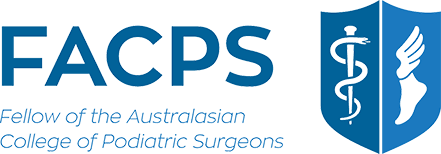Shooting for Health: Common Basketball Injuries of the Foot & Ankle
Shooting for Health: Common Basketball Injuries of the Foot and Ankle
If you're a basketball player, you know that the sport can be tough on your feet and ankles. From sprains to stress fractures, there are a variety of foot and ankle injuries that can sideline you.
Some of these injuries include:
· Ankle sprains - Ankle sprains are one of the most common injuries in basketball. They occur when the ligaments in your ankle are stretched or torn, often by a sudden twist or turn of the ankle. Symptoms include pain, swelling, and bruising. In severe cases, surgery may be necessary to repair the ligaments and tendons that support the ankle joint.
· Plantar fasciitis - Plantar fasciitis is a condition that causes pain and inflammation in the bottom of your foot, particularly in the heel area. It's often caused by overuse, which is common in basketball. In severe cases, surgery may be necessary to remove damaged tissue and relieve symptoms.
· Stress fractures - Stress fractures are tiny cracks in the bone that develop from overuse. They're common in basketball players, particularly in the foot and ankle. Symptoms include pain, swelling, and difficulty walking. Treatment typically involves rest and immobilization, but surgery may be necessary in rare cases.
· Achilles tendon rupture - The Achilles tendon is the largest tendon in the body! It connects the calf muscles to the heel bone, and it can rupture or tear during a sudden movement or from overuse. Surgery is typically required to repair the tendon and restore normal function.
· Lisfranc (midfoot) injury - A Lisfranc injury is a fracture or dislocation of the bones and/or ligaments in the middle of the foot. It is often caused by a sudden twisting motion or direct trauma to the foot. Treatment for a Lisfranc injury typically involves immobilization in a cast or walking boot, and in some cases, surgery may be necessary to realign the bones and repair the ligaments.
Other (nonsurgical) treatments for these conditions may include:
· Rest and ice
· Physical therapy
· Immobilization with a brace or cast
· Anti-inflammatory medication
· Orthotics to help support the foot and ankle
· Injections of corticosteroids or platelet-rich plasma to reduce inflammation and promote healing.
At MJ Taranto Foot and Ankle Podiatric Surgeons, we're committed to helping our patients recover from these and many other injuries.
If you're dealing with an injury of the foot or ankle, don't wait to seek treatment. The sooner you get help, the better your chances of a full recovery.
Contact MJ Taranto Foot and Ankle Podiatric Surgeons today on 9250 1676 to schedule an appointment or click the link to book online.
In 2023 we are proud to support the Eastern Suns (Kalamunda and Districts Basketball Association).



